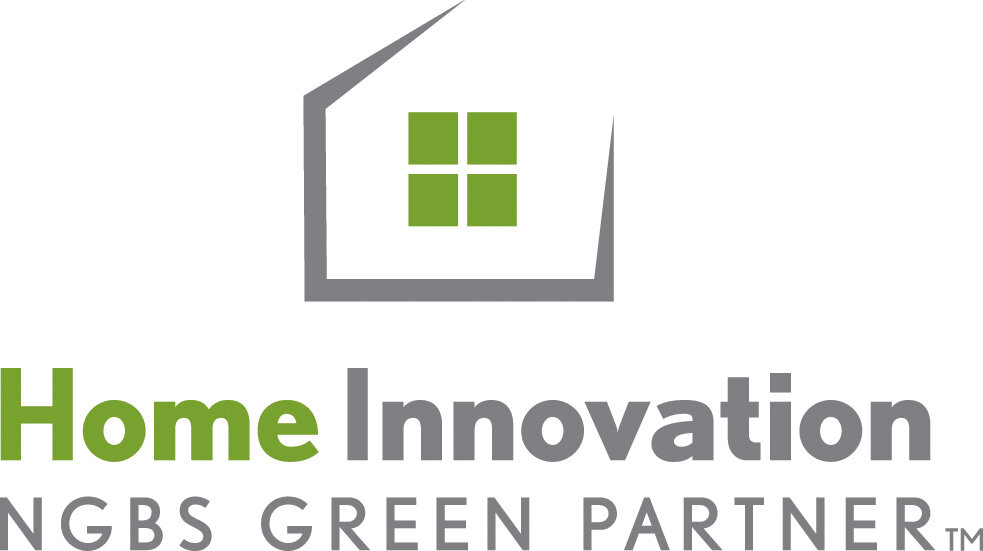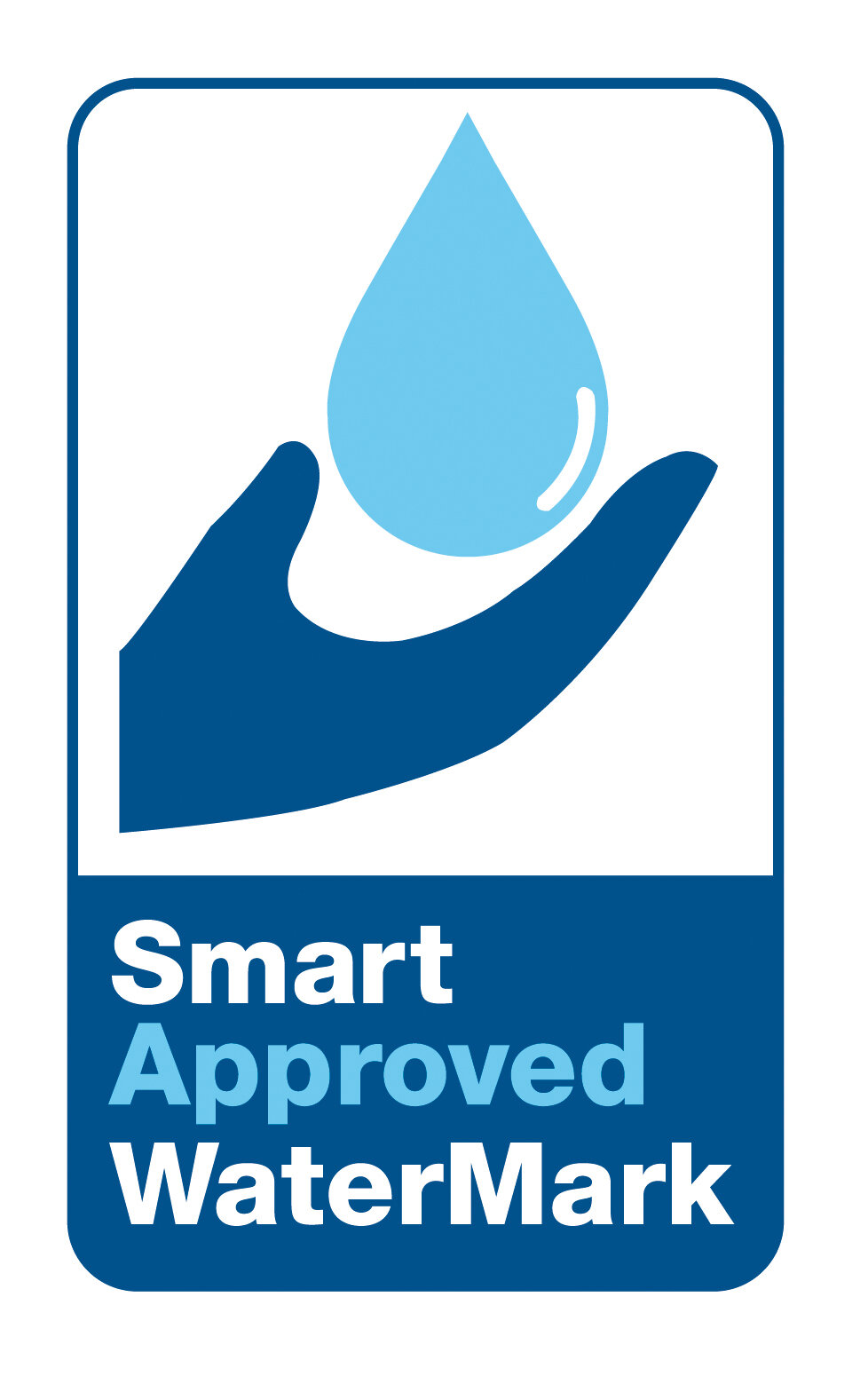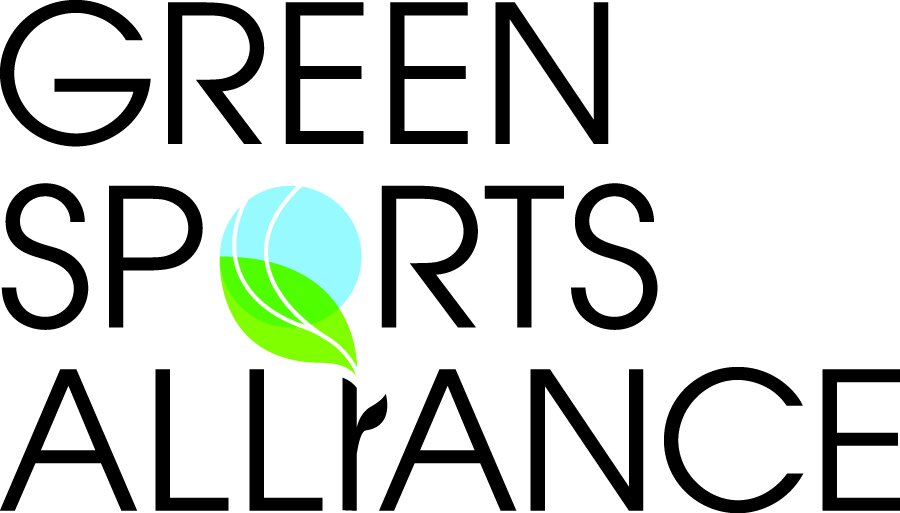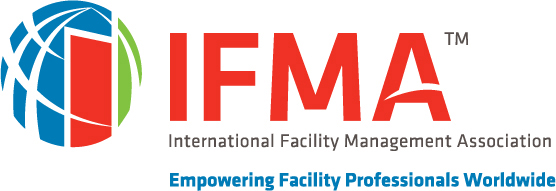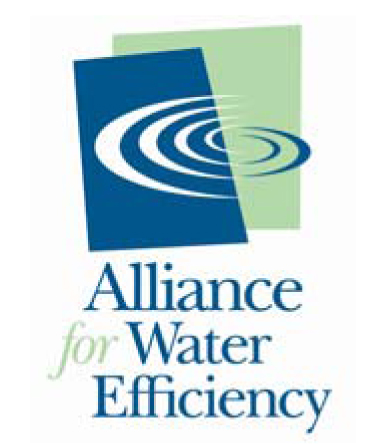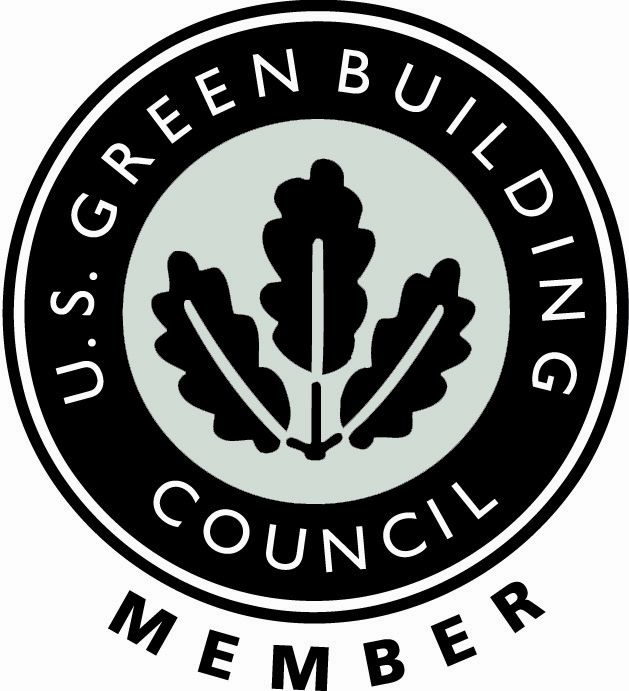Let’s face it. For the past hundred years or so we have grown accustomed to the idea that urinals, and their immediate surroundings, produce odors. Facility managers and maintenance crews have battled this issue for years.
In well-maintained buildings and restrooms, the areas around urinals, especially the floor in front of the urinal as well as walls and dividers, have been given special and regular cleaning attention, all in a focused effort to reduce odors. However, this has not always proven successful, and the malodors persist.
And today with increased water costs and the need to reduce water consumption, we are dealing with a new situation that will likely also impact restroom odors, related explicitly to urinals. With traditional flushing urinals, the water released by the urinal dilutes the urine in the bowl. This helps eliminate odors.
But when water efficiency and water conservation efforts are put in place, and the water used per flush is reduced, the concentration of urine in the bowl increases along with the potential for odors.
Because no-water urinals use, as the name implies, no water whatsoever, many people initially believe that a urinal without water will produce odors. If there are odors in a restroom where no-water urinals are installed, the first assumption tends to be it “must be those urinals.” But as shown above, other locations around a urinal are most often the culprit.
Where waterless urinals differ from flushed units is that instead of using water to carry urine out of the bowl, leaving wet surfaces, non-water urinals have a cartridge insert in which floats a sealing liquid. Once the urine flows into this cartridge, as long as the sealing liquid in the cartridge is present, there cannot be any odors. This also allows for the urinal to stay dry. Bacteria, which typically are what produces odors in a urinal, cannot grow because there is no moisture. As a result, no bacteria growth, no malodors.
This leads us to another benefit of waterless urinals as well. For the maintenance and custodial crew, a waterless urinal tends to be easier to clean than a traditional, flush urinal. This is because water and water residue inside the urinal bowl and around the rims are dry, so no residue develops.
While we will likely continue to have restroom odor problems, even in the best of situations, at least we know to look beyond the urinals, especially the no-water urinal. In many cases, the real odor causing culprits have nothing to do with the urinal at all.














